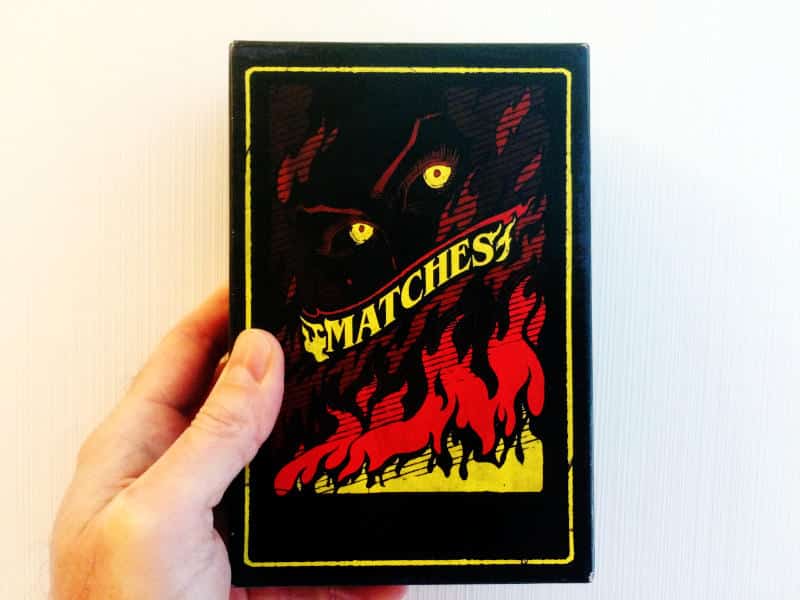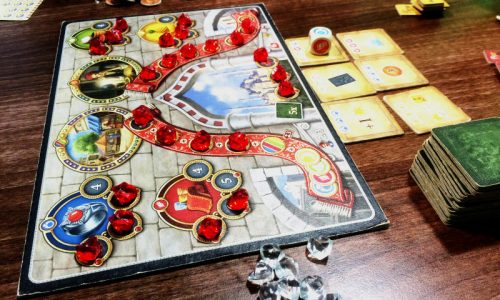
Matches (Saturday Review)
- Nelly
- July 13, 2024
- Board Games
Matches have long been a staple item in households around the world. Used for lighting everything from candles to stovetops, matches have a long and storied history that stretches back centuries.
The first recorded use of matches dates back to the 9th century in China, where small sticks were coated in sulfur and then lit to create a flame. However, it wasn’t until the 19th century that the modern match as we know it was developed. In the 1820s, John Walker invented the first friction match by coating a stick with sulfur and then dipping it in a mixture of potassium chlorate, antimony sulphide, and gum.
Since then, matches have become a ubiquitous household item, used for everything from lighting candles during power outages to starting campfires in the great outdoors. They are cheap, easy to use, and can be stored for long periods of time, making them a convenient option for anyone in need of a quick flame.
In addition to their practical uses, matches have also taken on a symbolic significance in various cultures and religions. For example, in Hindu and Sikh weddings, the bride and groom light a ceremonial fire using a match to signify the beginning of their union. In Christianity, matches are often used during Easter services to symbolize the light of Christ overcoming darkness.
Despite their ubiquity and long history, matches have also come under scrutiny for their environmental impact. The sulfur and phosphorus used in match heads can be harmful to the environment, especially when large quantities of matches are used and disposed of improperly. As a result, many companies have started producing eco-friendly alternatives to traditional matches, such as those made from bamboo or recycled materials.
Regardless of the controversy surrounding their environmental impact, matches continue to be a useful and convenient tool for lighting fires and candles. As long as there is a need for a quick flame, matches will likely remain a household staple for years to come.




